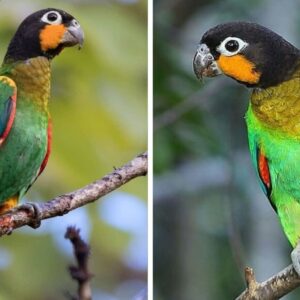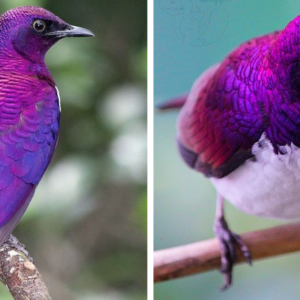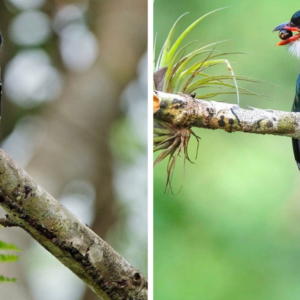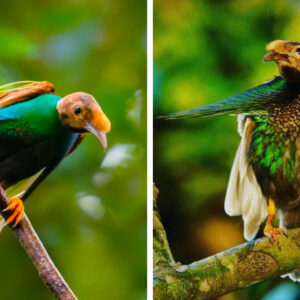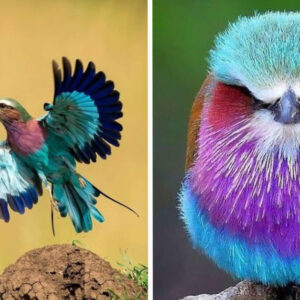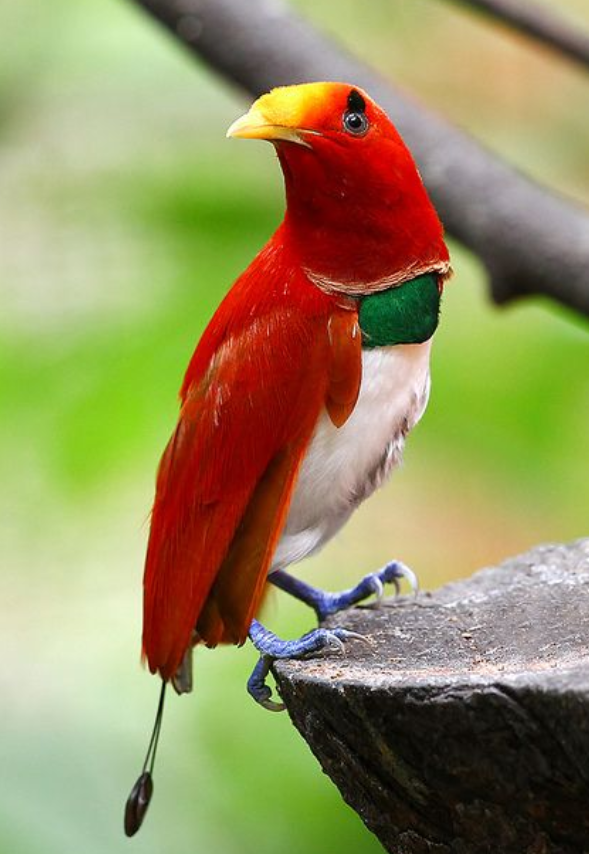
This bird is not just tiny, but also renowned for its vibrant hues, earning it the nickname of a living jewel. Say hello to the King Bird-of-Paradise!
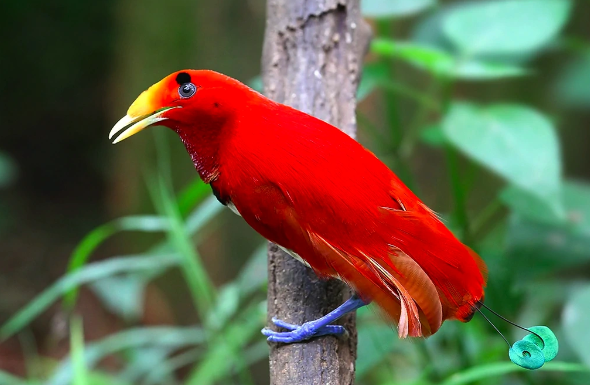
The Cicinnurus regius, commonly known as the king bird-of-paradise, belongs to the Bird-of-paradise family of passerine birds. You can easily spot a male king bird-of-paradise due to its striking red hue and two lengthy, decorative wire-like tail feather shafts. Additionally, they have a circular pattern of feathers on their tails that are colored bright green. The belly of these birds is white, while there is a green stripe across the chest.

The male bird is easily recognizable with the distinctive black spots above each of its eyes. However, the female is not as colorful as the male with her olive-brown back, head, and throat, and a variegated buff chest.

These avian creatures are unique to Papua New Guinea and can be found in abundance across the country’s western neighboring islands.
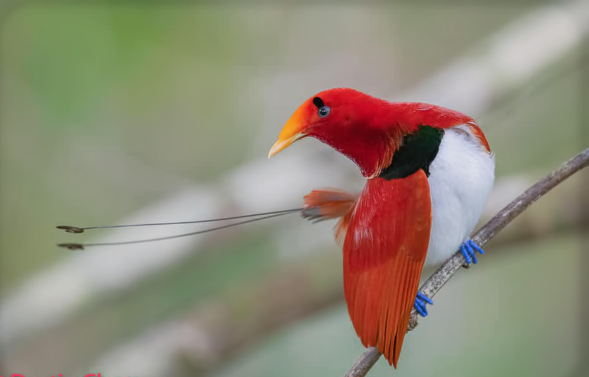
The King bird-of-paradise prefers to reside in lowland rainforests, gallery forests, and forest edges, as well as tall secondary forests that have been disturbed.

The King bird-of-paradise is a frugivore and its diet primarily consists of fruits and arthropods.
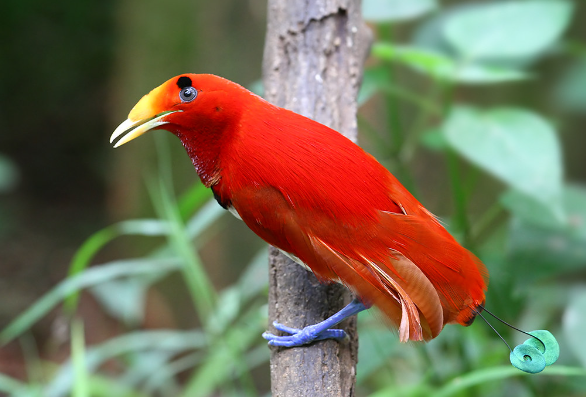
The mating behavior of King birds-of-paradise involves the males attracting multiple females. To do so, they exhibit an elaborate display that includes perching upright on a branch, vibrating their wings, spreading their feathers, and hanging upside down from the branch while swinging like a pendulum. Once a female is attracted, she will build an open cup-shaped nest within a tree cavity and lay up to two eggs. Incubation lasts up to 17 days, after which the female will care for the chicks until they are fully grown.

The King bird-of-paradise, as stated by the IUCN, can be found commonly and extensively across its habitat, but there is no specific count on the total population. Presently, this bird is categorized as being of Least Concern (LC) by the IUCN Red List, and its population appears to be holding steady.
https://levanews.com
